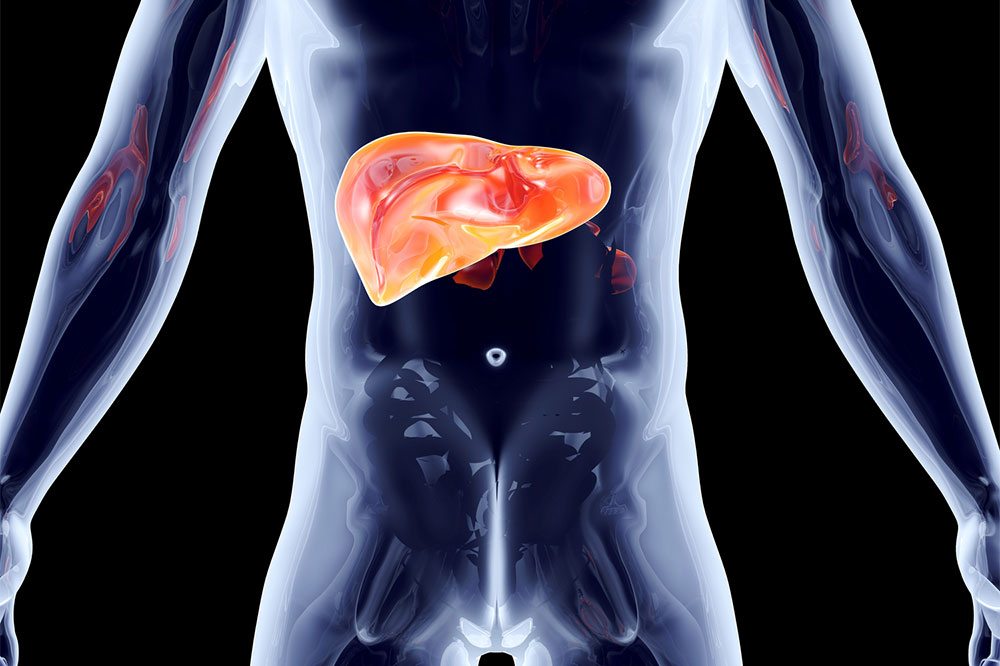Must-have nutrients and foods for optimal eye health

Our sensory organs are extremely essential in our daily life. Without them, we wouldn’t be able to stand straight, see things, taste, communicate, and live the way we do. But the power of sight is one of the most important of them all. Maintaining good eye health is necessary, and, unsurprisingly, making healthy lifestyle and dietary choices is crucial for this. So, here are a few nutrients you should add to your daily diet to keep your vision in top-notch condition:
Vitamin A
The deficiency of vitamin A is one of the most common causes of blindness across the globe. Why is this vitamin so important? Well, for starters, it helps manage and maintain the light-sensing cells in your eyes. A lack of vitamin A can cause dry eyes and other serious eye conditions.
Best food with vitamin A content: To get the right amount of vitamin A in your diet and maintain optimal eye health, include foods like apricots, carrots, spinach, and yam in your diet in plenty.
Vitamin C
Vitamin C is present in high concentration in the aqueous humor (the liquid in the outermost part of the eye). The amount of this vitamin in the aqueous humor is proportional to the amount in your diet, and research has proved that people with cataracts tend to have low amounts of vitamin C in their bodies.
Best dietary sources of vitamin C: Citrus fruits like oranges, kiwi, lime, and strawberries are all great sources of vitamin C. Broccoli and Brussels sprouts are also healthy sources of this vitamin.
Omega-3 fatty acids
Omega-3 fatty acids EPA and DHA are essential to maintain good eye health. DHA aids eye function. It is present in the retina and is an integral part of brain and eye development in children. Evidence also proves the benefits of omega-3 supplements for people with dry eyes.
Best food sources of omega-3 fats: Fish like salmon, tuna, and sardines are the best sources of omega-3 fats, but you can opt for flaxseeds and walnuts if you want to stick to a vegetarian or vegan diet.
Zinc
Zinc is necessary for the immune system and throughout the body but more so in the eyes. It helps form visual pigments in the retina, which is why its deficiency can cause night blindness. This mineral also helps create the antioxidant enzyme superoxide dismutase.
Best dietary sources of zinc: To get the right amount of zinc from your diet, you can add foods like oysters, yogurt, and chickpeas to your meals.
Other foods like almonds, peanut butter, kale, corn, and wheat germ also help promote eye health. The bottom line is that a healthy lifestyle with regular exercising and nutritious foods helps maintain overall and eye health.







